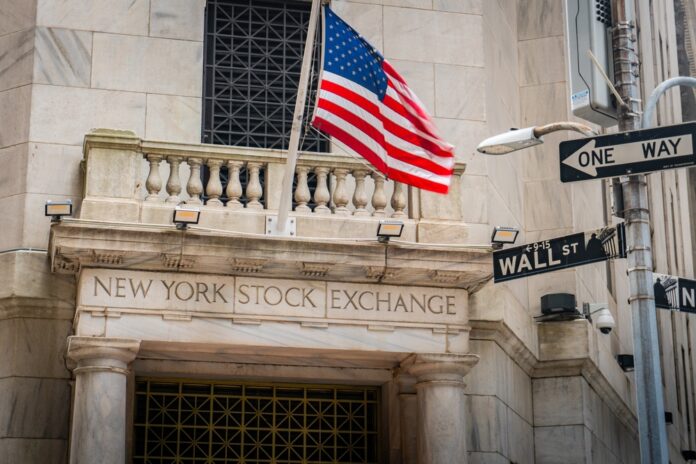U.S. stock index futures edged lower early Wednesday as investors reacted cautiously to a proposed U.S.-China trade framework and awaited key inflation data.
As of 05:40 ET (09:40 GMT), Dow Jones futures were down 50 points, or 0.1%, while S&P 500 futures slipped 7 points, or 0.1%, and Nasdaq 100 futures declined 35 points, or 0.2%.
Wall Street closed higher on Tuesday, buoyed by a strong performance from Tesla (TSLA). The Nasdaq Composite rose 0.6%, the Dow Jones Industrial Average gained 0.3%, and the S&P 500 climbed 0.6%—marking its third consecutive day of gains and coming within 2% of its February highs.
U.S., China Agree to Trade Framework
Officials from the U.S. and China reached a preliminary trade framework after two days of talks in London. The proposal will now be reviewed by President Trump and Chinese President Xi Jinping.
U.S. Commerce Secretary Howard Lutnick said the deal aims to resolve rare earth supply issues and includes a rollback of some U.S. chip export restrictions in exchange for increased Chinese shipments of rare earth materials. However, the lack of concrete details left markets wary, especially following the collapse of the earlier Geneva agreement.
Adding to the uncertainty, a federal appeals court ruled in favor of maintaining Trump-era “liberation day” tariffs while it reconsiders a previous ruling that blocked them. The decision sustains one of Trump’s key trade policies, adding further ambiguity to the economic outlook.
Focus Shifts to May CPI Report
Attention now turns to the release of the May Consumer Price Index (CPI), expected to show a modest uptick in inflation. Economists forecast annual CPI to rise to 2.5% from 2.3%, with monthly growth holding steady at 0.2%. Core CPI, excluding food and energy, is projected to increase 2.9% year-over-year and 0.3% month-on-month.
Despite a delay in broader “reciprocal” tariffs, many elevated duties—such as 10% universal levies and higher taxes on steel and aluminum—remain in place. Analysts note that the effective U.S. tariff rate has climbed notably since Trump resumed office in January. Persistent inflation could reinforce expectations that the Federal Reserve will keep interest rates steady.
Oracle Earnings in Focus
On the corporate earnings front, Chewy (CHWY) and Victoria’s Secret (VSCO) are scheduled to report results before the opening bell. However, most attention is on Oracle (NYSE: ORCL), which reports after the close.
In March, CEO Safra Catz highlighted a strong growth outlook for Oracle, driven by demand for AI-powered cloud services. Oracle is leaning heavily on artificial intelligence to boost its data processing capabilities.
Analysts at Vital Knowledge noted that investors will be closely watching cash flow figures amid concerns over Oracle’s capital spending plans. Wall Street expects free cash flow of around $3 billion and capital expenditures of roughly $3.8 billion.
Oil Prices Steady After Trade Talks
Oil prices held steady Wednesday as markets digested the trade developments and awaited the latest U.S. inventory data. Brent crude edged down 0.1% to $66.78 per barrel, while West Texas Intermediate (WTI) was flat at $64.98.
Both benchmarks hit their highest levels since April in the previous session, supported by optimism over a potential trade deal. Easing trade tensions are seen as a positive for global growth and oil demand.
Later in the session, traders will eye the Energy Information Administration’s weekly inventory report. The American Petroleum Institute previously reported a 370,000-barrel drop in crude stockpiles last week.



